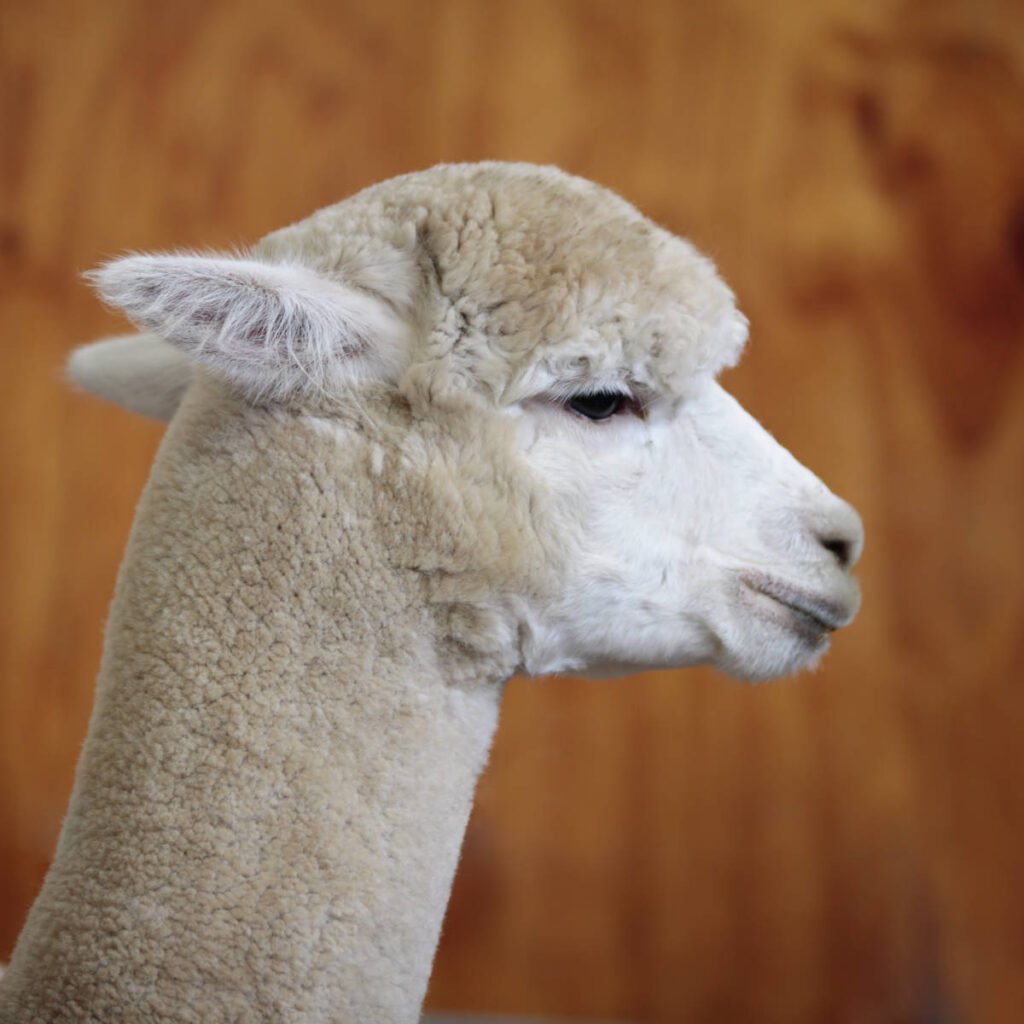Last Reviewed and Updated on November 1, 2022
Often mistaken for a llama, alpaca is a fun animal you need to know more about. This domesticated animal is most known for its high-quality wool, but that’s not all that makes these animals amazing. Read on and learn some of the most fascinating facts about alpacas.

1. Alpacas can’t be found in the wild
Alpacas are domesticated animals and can’t be found living in the wild (aside from feral animals).
2. They are not llamas, but they are closely related to them
Alpacas are often mistaken for llamas, but the two are not the same species; they are, however, closely related and are a part of the same genus. Alpacas are usually noticeably smaller than llamas.
3. They can be crossbred with llamas
The two are closely related enough that they can be bred and produce offspring that are usually sterile. The baby animal cross between a male llama and a female alpaca is called a huaizo. Male alpaca and female lama offspring are called a misti. The hybrids are usually smaller than llamas.
4. Unlike llamas, alpacas were bred for their fur and not as working animals
While lamas were domesticated and bred as working animals, alpacas were bred specifically for their fibers. The fiber is similar to that of sheep and is used for making knitted and woven items.
5. Alpacas use body language to communicate, most commonly spitting
When it comes to communication, alpacas use body language. The most common way to communicate is by spitting; alpacas will spit to show dominance, fear, distress, or when they feel agitated.
They usually spit on other alpacas but can spit on humans too.
6. There are two breeds of alpacas
Unlike most animals, the alpaca breed classification is based on the properties of their fiber rather than scientific classification. The two breeds are Suri and Huacaya. Huacaya alpacas are more common (they account for roughly 90% of the alpaca population); they have thicker fleece than the Suri alpacas.
7. Alpacas are social herd animals that live in family groups
The group consists of the very territorial alpha male, females, and their young ones.
8. Alpacas can attack smaller predators
They can be feisty and will charge at smaller predators, chasing them off by kicking them and spitting at them.
9. Female alpacas will spit if she is not interested in a male alpaca
Alpacas really can express many things by spitting. If a female isn’t interested in the male, she will spit, the reason usually being that the female thinks she is already impregnated,
10. Female alpacas go to the toilet together
One of the more fun facts about alpacas is that they have communal latrines. They use communal dung piles, areas dedicated to waste where alpacas won’t graze. Females have their own dung piles, and usually, when one female approaches a dung pile and begins to urinate or defecate, the rest of the herd often follows.
11. A baby alpaca is called a cria
This is a name used for juvenille alpacas, llamas, vicuña, or guanaco. The gestation period, on average, lasts for 11 months and a half and usually results in one cria. Twins are very rare.
